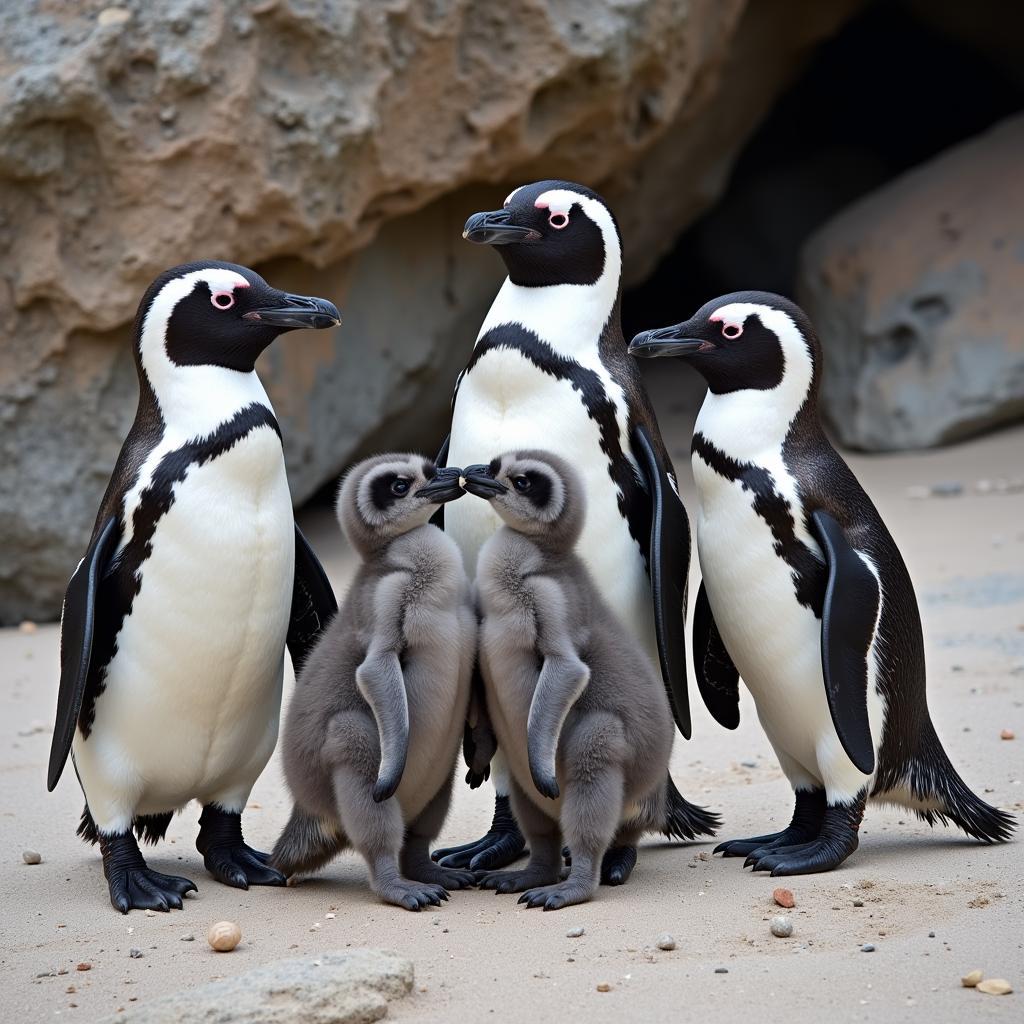The African Elephant with Dry Mud: A Story of Survival
An African Elephant With Dry Mud caked on its thick skin is a common sight on the savannas and in the forests of Africa. This seemingly insignificant detail tells a story of survival, adaptation, and the intricate relationship between these magnificent creatures and their environment.
Elephants, being the largest land mammals on earth, generate a significant amount of heat. Coupled with their environment’s often scorching temperatures, regulating body temperature becomes crucial for their survival. This is where the mud comes in.
Mud Baths: More Than Just Fun
While a mud bath might seem like a leisurely activity, for an African elephant with mud, it’s a vital part of thermoregulation. The mud acts as a natural sunscreen, protecting their sensitive skin from the harsh African sun. As the mud dries, it cools their skin, offering much-needed relief from the heat. Think of it as their own personal air conditioning system.
Beyond thermoregulation, mud baths also serve as a natural insect repellent. The layer of mud creates a barrier, deterring pesky insects like flies and mosquitoes from biting their skin. This protection is particularly crucial for vulnerable areas like their eyes and ears.
Dust Bathing: The Final Touch
Once the mud bath is complete, the African elephant often indulges in a dust bath. By flinging dry dirt onto their bodies, they further enhance the mud’s protective and cooling properties. The dust absorbs any remaining moisture, creating a dry, caked layer that acts as an extra layer of defense against the elements and parasites.
A Sign of a Healthy Ecosystem
Seeing an African elephant with dry mud is not just a fascinating spectacle; it’s a testament to a healthy ecosystem. Mud wallows, essential for these baths, indicate the presence of water sources crucial for the survival of various species. These muddy havens also attract a plethora of other animals seeking similar relief from the heat and insects.
Threats to Elephants and Their Habitat
Unfortunately, the sight of an African elephant with dry mud is becoming increasingly rare. Habitat loss due to deforestation and human encroachment threatens their access to these vital mud wallows. Poaching, driven by the illegal ivory trade, further decimates their numbers.
Protecting these gentle giants and their habitat is not just about conservation; it’s about preserving the delicate balance of the African ecosystem. By supporting organizations dedicated to elephant conservation and promoting sustainable practices, we can ensure that future generations can witness the awe-inspiring sight of an African elephant with dry mud, a symbol of resilience and adaptation in one of the world’s most challenging environments.
FAQ
Why do elephants throw dirt on themselves?
Elephants throw dirt on themselves after a mud bath to dry off the mud, creating a protective layer against the sun and insects.
Why is mud important to elephants?
Mud is crucial for elephants as it helps regulate their body temperature, protects their skin from the sun, and acts as a natural insect repellent.
What are the threats to African elephants?
The biggest threats to African elephants are habitat loss due to deforestation and human encroachment, and poaching for their ivory.
How can I help protect African elephants?
You can help by supporting organizations working on elephant conservation, spreading awareness about their plight, and advocating for sustainable practices that protect their habitat.
What other animals benefit from mud wallows?
A variety of animals, including buffalo, warthogs, and birds, benefit from mud wallows for similar reasons as elephants.
For more information on African elephants and their fascinating behaviors, check out these related articles:
Need assistance? Please contact us:
Phone Number: +255768904061
Email: kaka.mag@gmail.com
Address: Mbarali DC Mawindi, Kangaga, Tanzania.
Our customer service team is available 24/7.
